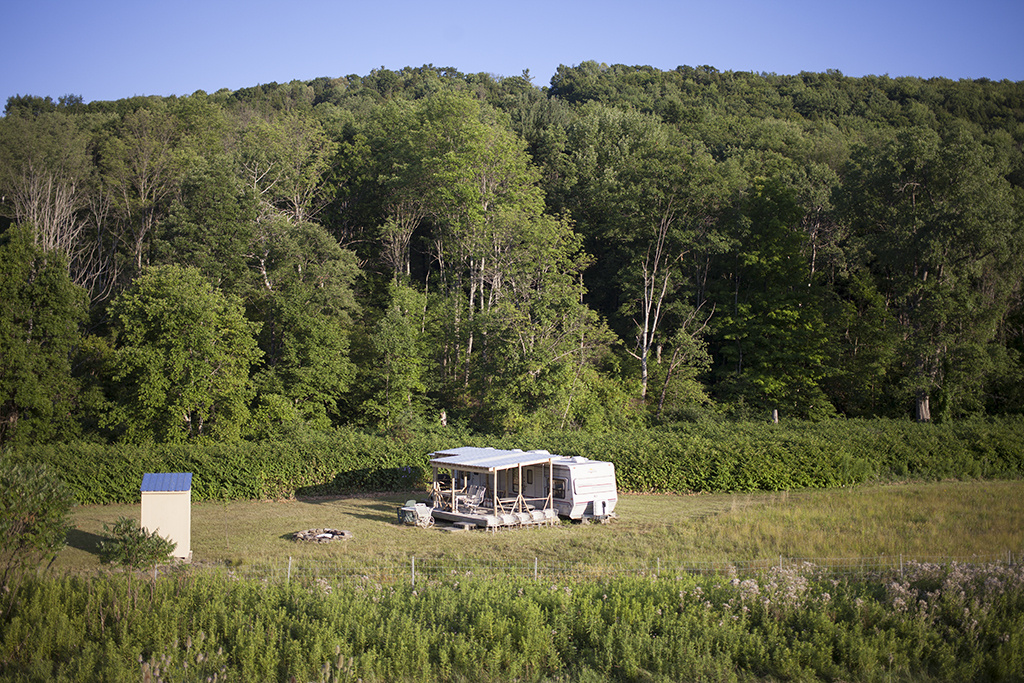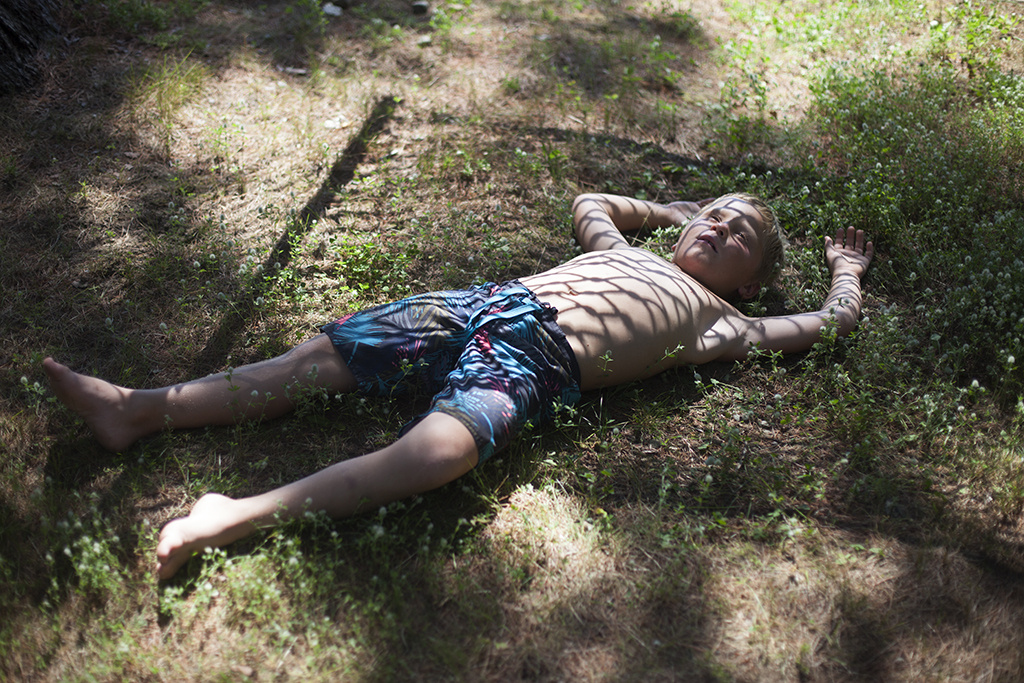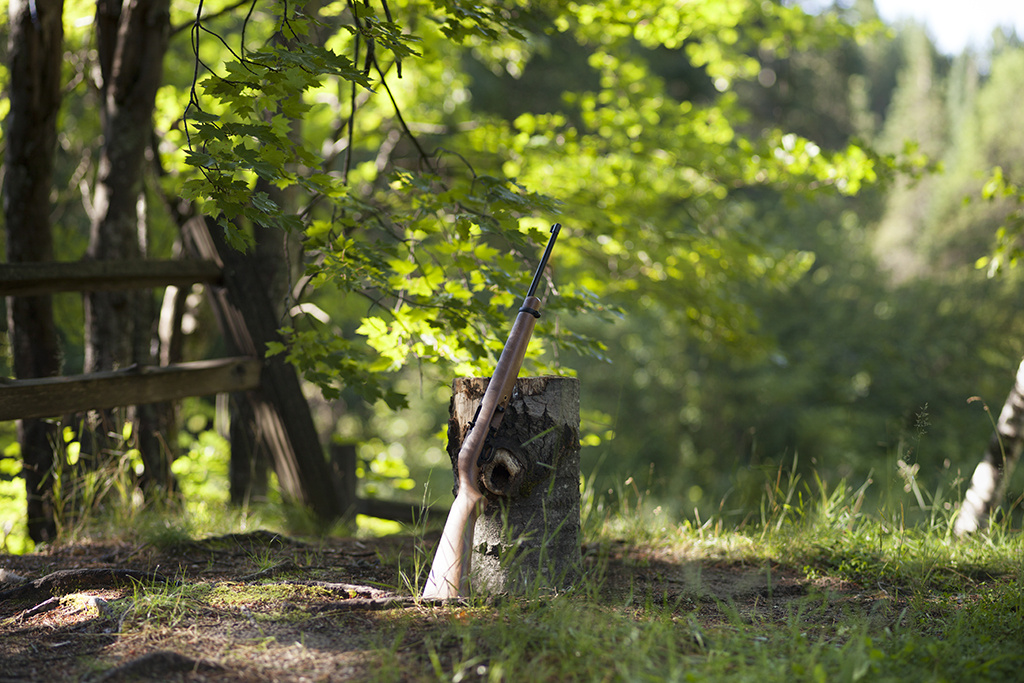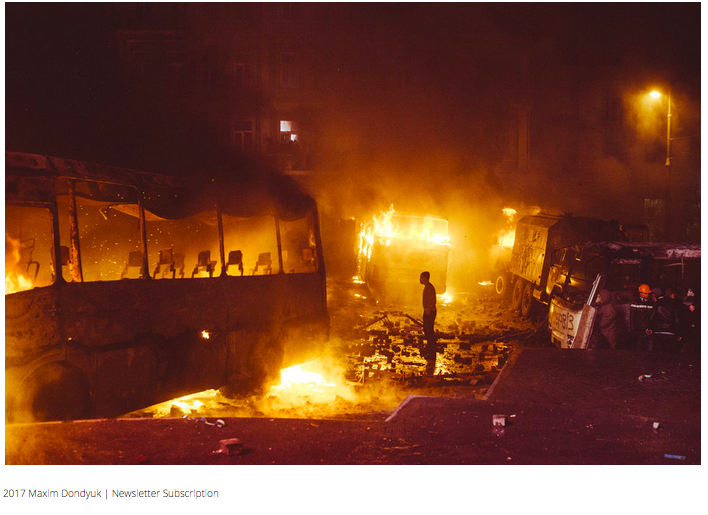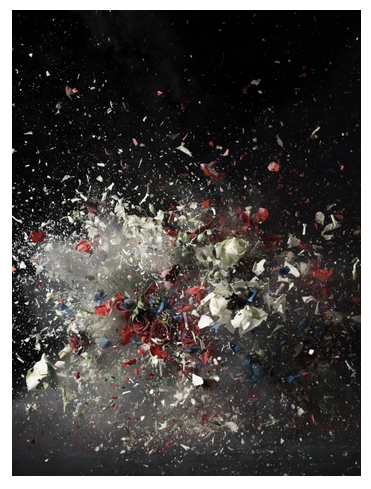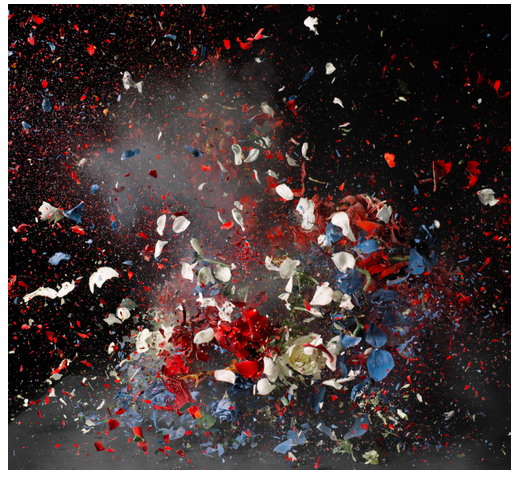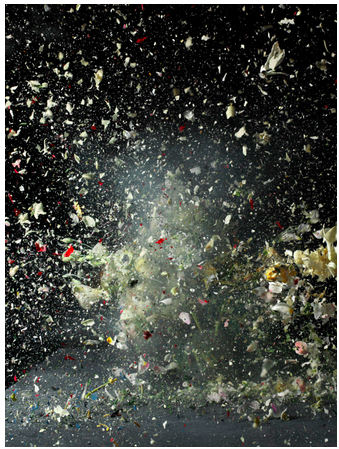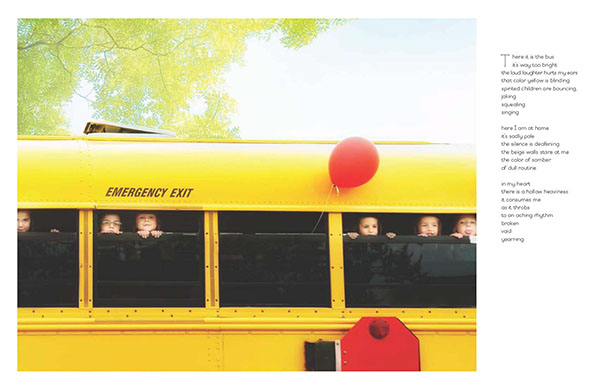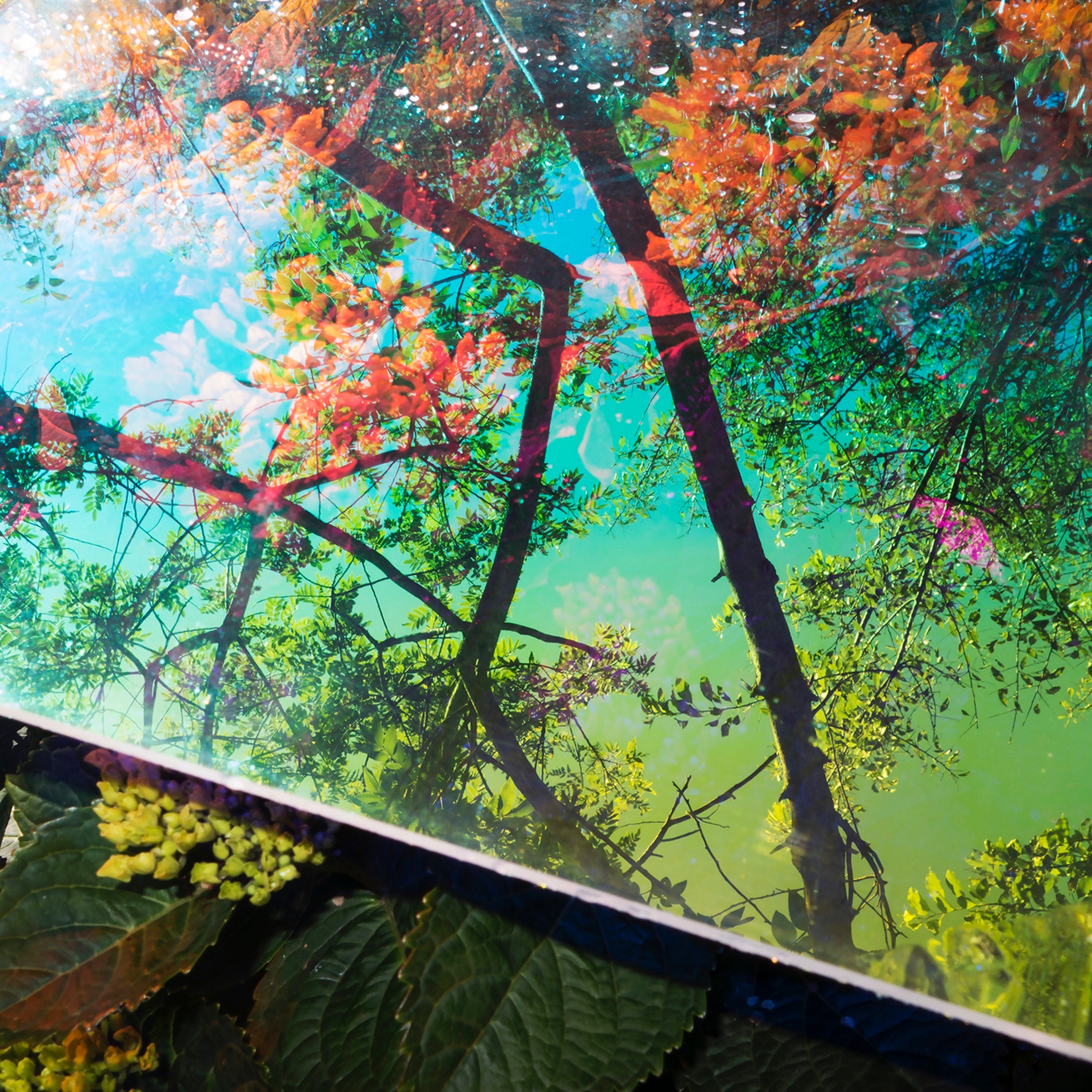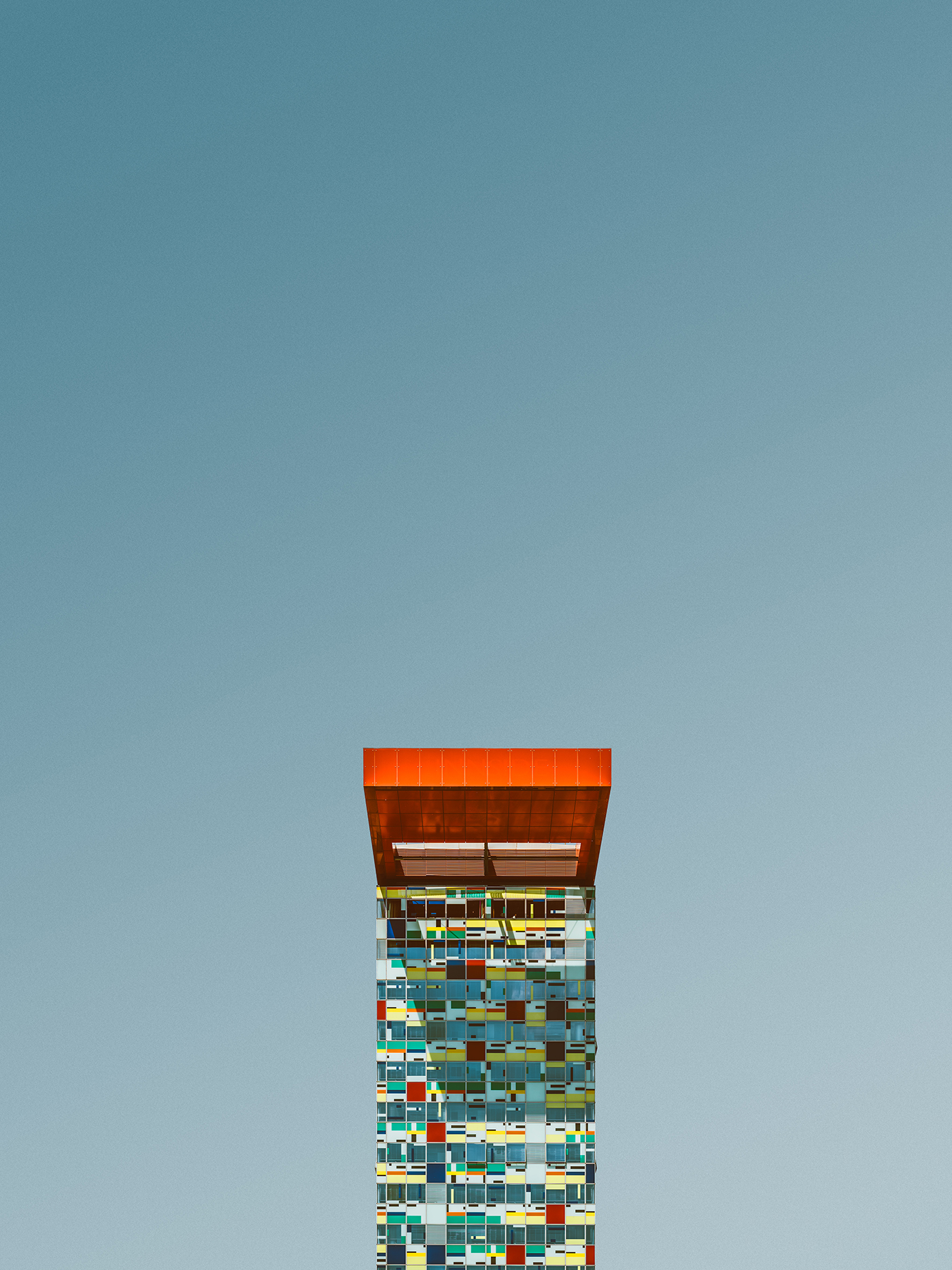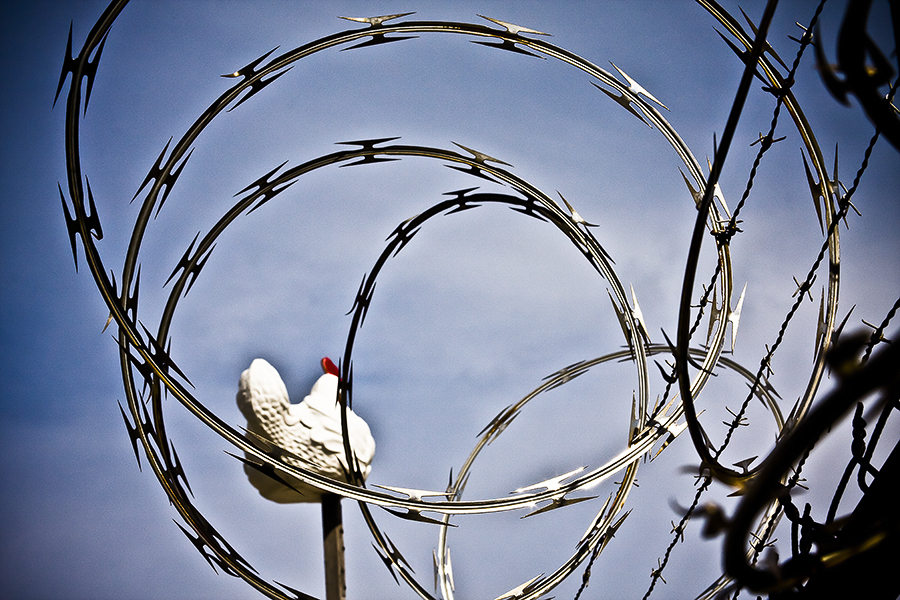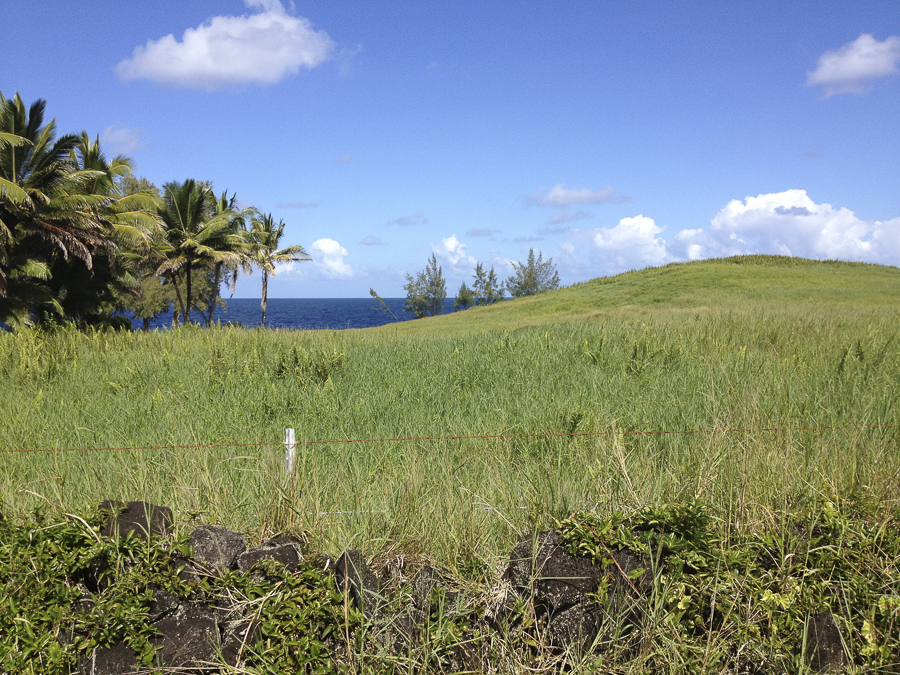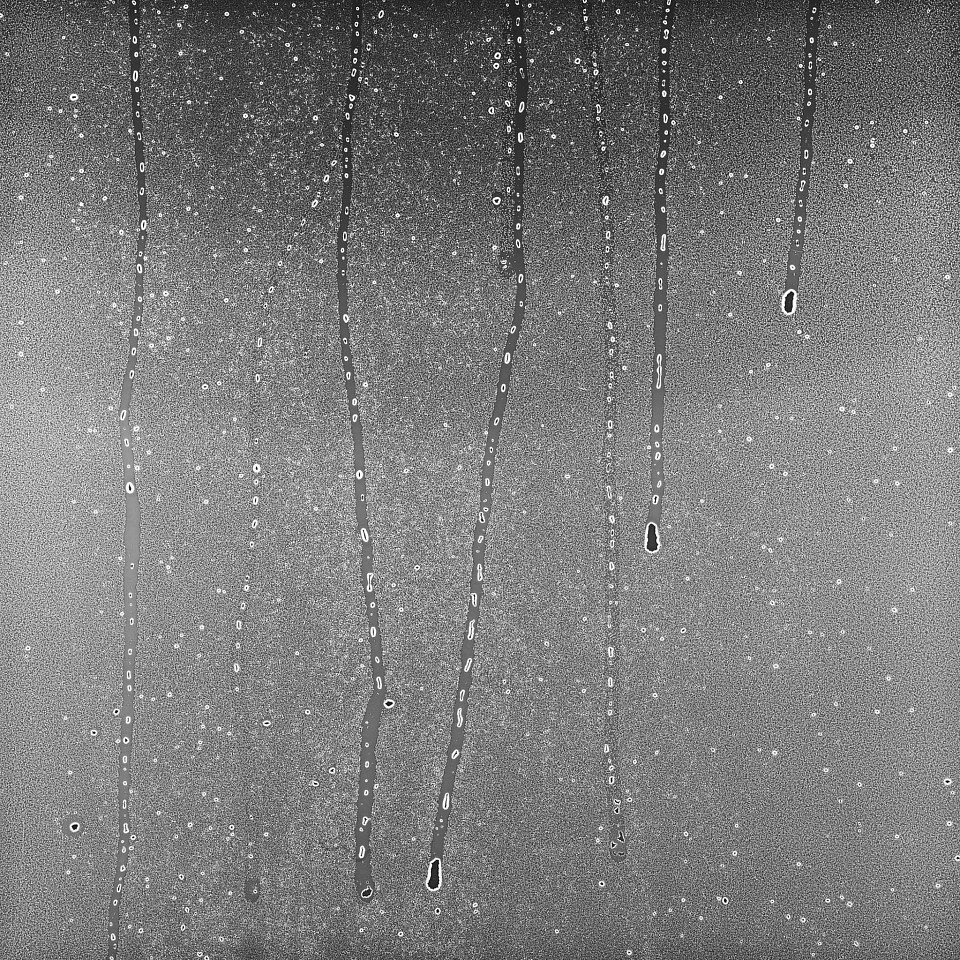by Troy Colby
I had the chance to set down and via email with friend and photographer Daniel Coburn about his up and coming trip.
Daniel Coburn recently received the 2017 Guggenheim Fellowship award in Creative Arts in Photography and is an Assistant Professor of Photo Media at the University of Kansas. Also opening this weekend, April 21, 2017 he will have a solo exhibition featuring the work from The Hereditary Estate, at the Colorado Photographic Arts Center, in Denver, Colorado until June 3, 2017.
Last summer he ventured out to the North East and produced a body of work called, The Tonic of Wildness. I saw this body of work as an introspective look into escaping the constant noise of a society that seems about ready to fall at any given moment. The work is a deep look at the psychology of a search and escapism mixed with the scenes depicting rural conservative America. So when I heard he was heading back out this summer I was very curious to hear his thoughts and to learn more.
What were some of the surprises both mentally and physically, that came from your first venture to the northeast?
Being alone for an extended period of time forces a person to engage in some serious introspection and soul searching. I've always said being "in my head" is a lot like being stuck in a dark alleyway. This was difficult.
Coming to the realization that there is no way to escape our current predicament was a difficult pill to swallow. Also understanding that it is difficult to escape to "nature" because it seems as if there isn’t much of it left.
When you do find "nature" you come to a very quick realization that it is dangerous… it's bigger than you… and one can be quickly consumed. I almost drowned on my trip north.
There is a feeling of escapism or this idea of escape within the first body of work from your first trip out. The images still speak to the idea that we cannot really escape. Do you feel that this true?
My preconceived notions of what it meant to get-away-from-it-all were very romantic. It's not romantic. It's very difficult, and you have to become a survivalist to really get back to nature. On the road, there are many reminders—harbingers of a society that seems to be on the brink of civil war or self-destruction.
In getting ready to go back out this summer. What are you changing?
How long do you plan to be out?
I bought a camper for my truck that will offer a little bit more comfort. I also plan to make this "tiny home" as sustainable as I possibly can along the way. I plan to be out for longer and invest more time in the places that I visit. My plan is to drive west to California and then south to the tip of Baja. Of course, I am flirting with the idea of becoming an ex-patriot. We'll see how far I get physically and psychologically.
What goes into planning such a trip?
I try not to plan too much. I want my experience to be somewhat serendipitous. I plan financially, and I plan a loose route, but that's it.
More on the technical side of things, Are you shooting digital? Are you processing the work while on the road or just collecting images and waiting until you return home?
For this project I shoot digital. I am a hunter/gatherer. I make pictures and I will edit and sequence when I return.
Do you feel like, as an artist there is a calling to the open road? The exportation of searching for something? I know I long for the same search, do you think this might be a reflection or our times?
I wouldn't say that I have a call to the open road. Most of my previous work is deeply rooted in the concept of home and family. It's actually very difficult for me to travel and make work. But, as an artist, I feel that I have a responsibility to react to our very tumultuous and terrifying political predicament. I feel compelled to react—to make my contribution as a responsible citizen and as a patriot.
Are there any preconceived notions about going out that you have this time around? Or have you learned to be open to the road, the places and people around it?
I have some ideas but it's a bit premature to talk about how I conceptualize this next leg of my journey. These trips tend to become their own animal… I find myself struggling to hang-on, but that's part of the creative process I think. I have to be open to change and I need to embrace the unexpected.
In heading to a different geographical location, do you think might change your experience?
I hope so… I expect the West to be a bit more liberal than the Middle, but we'll see. I really hope to be as objective as possible while making pictures for this project.
When you start, if you return home! Is that drive home long and reflective or a bit exciting?
I imagine that I will be tired… and in a bit of a rush. But who knows. I may not come back.
To check out more work and updated news from Daniel, please visit his website at: http://danielwcoburn.com
https://www.cpacphoto.org/the-hereditary-estate-daniel-w-coburn/
All images from Daniel W. Coburn, The Tonic of Wildness.













